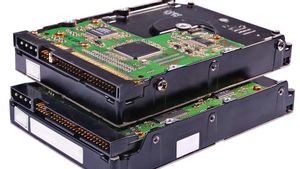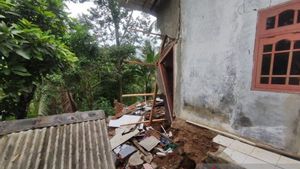JAKARTA - After almost two years of facing the semiconductor chip crisis, the world is now facing the scarcity of critical equipment needed to manufacture these chips.
Efforts have been made by governments in various countries to spend billions of dollars just to produce semiconductor chips themselves, or even to support chip giants.
But according to a Nikkei Asia report, chipmakers trying to expand production capacity will have to wait a year and a half or more for key equipment.
This is because unprecedented parts shortages and supply constraints hit the chip equipment industry.
Specialty chip tool manufacturers such as ASML, Lam Research, Applied Materials, and KLA warn clients that they will have to wait up to 18 months for some critical machines, from lenses, valves, and pumps to microcontrollers, engineering plastics, and electronics modules.
A single EUV lithography machine made by ASML is known to require more than 100,000 components from more than 800 global suppliers and costs up to 200 million US dollars.
BACA JUGA:
Not only ASML but KLA are also affected by the supply chain crisis. The lead time for some of its products is now more than 20 months.
Launching Neowin, Friday, April 8, the world's largest supplier of chip substrates, Unimicron, stated that shipments of its much-needed equipment now have a lead time of up to 30 months instead of the 12 to 18 months estimated last year.
The silicon industry is facing great difficulty coping with the surge in demand for semiconductor-powered goods, including electronics, cars and other gadgets, in the ongoing pandemic.
Companies like Intel, Samsung, and even TSMC have been plotting their way to speed up semiconductor manufacturing. However, as the company is now looking for equipment to produce chips, it has resulted in a shortage of chip-making equipment.
The English, Chinese, Japanese, Arabic, and French versions are automatically generated by the AI. So there may still be inaccuracies in translating, please always see Indonesian as our main language. (system supported by DigitalSiber.id)















